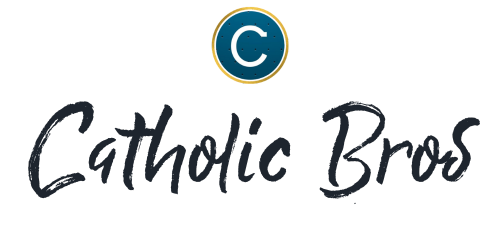A Eucharistic procession is a public display of faith in the real presence of Jesus Christ in the Eucharist.
Below are 10 key elements and requirements for such a Eucharistic procession:
The Holy Eucharist:
The central element is the consecrated Host, which is placed in a monstrance for adoration and visibility.
Monstrance:
A special vessel used to hold and display the consecrated Host during the procession.
Clergy:
The procession is typically led by a priest or bishop, often vested in a cope and humeral veil to handle the monstrance.
Altar Servers:
They carry candles, a processional cross, and incense, and assist the clergy.
Route and Stations:
The procession follows a predetermined route, often including stops at various “stations” for prayers, hymns, and blessings.
Hymns and Prayers:
Participants sing hymns, such as “Pange Lingua” or “Tantum Ergo,” and recite prayers, including the Rosary and litanies.
Benediction:
The procession typically concludes with Benediction, a special blessing with the Blessed Sacrament.
Congregation:
The faithful follow the procession, often carrying candles, singing, and praying.
Permits:
For processions on public property, necessary permits from local authorities are required.
Reverence and Order:
The procession should be conducted with great reverence and orderly behavior, reflecting the solemnity of the event.



